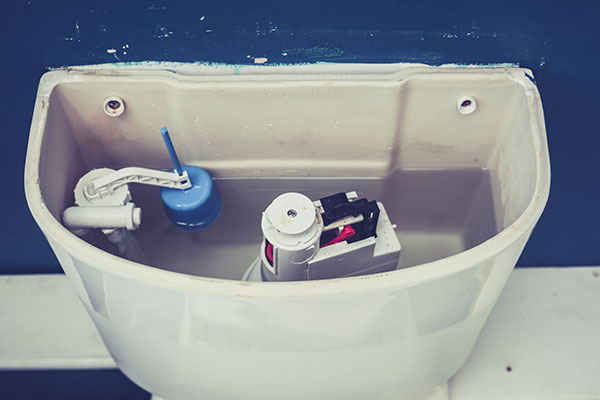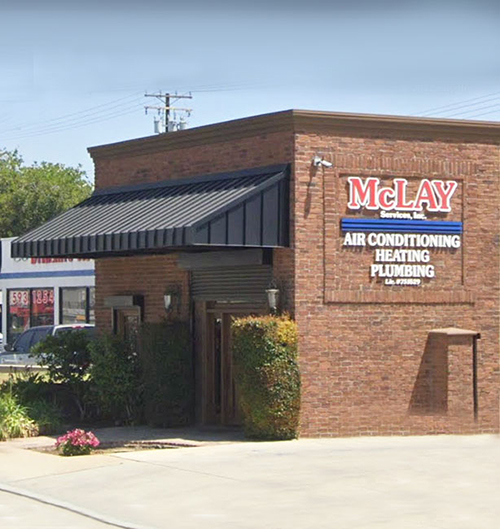Toilet tank condensation may not seem like a big deal at first, but it can quickly lead to bigger problems. Water can seep into the floor and eventually cause the floor framing and sub-floor to rot. Additional problems include soggy drywall and mold and mildew growth on the walls and baseboard.
Condensation occurs whenever damp, warm air meets a cold surface. Lowering the temperature of the tank is one way to avoid this problem. A faulty flapper causes cool water to trickle constantly through the toilet, which makes the tank colder. You can replace the flapper and valve for less than $25 if you do the work yourself.
If your flapper is working the way it should, you can try insulating the toilet tank. A local home improvement center should have kits available for approximately $20. The problem with this solution is the time and hassle involved in installing the insulation. You will have to cut the foam panels to the right size, empty the water out of the tank and glue the panels to the inside walls of the tank.
Taking shorter showers with cooler water is one way to lower the humidity in the bathroom during the summer when the weather is hot and humid. After your shower, leave the bathroom door open and turn the fan on to exhaust the humid air. Waiting to flush the toilet until the room has dried out is another way to keep the tank from filling with cold water when the conditions are ideal for condensation to occur.
If your toilet is old, you can consider installing a low-flow toilet. This type of toilet requires less water per flush, so you will simultaneously reduce your water usage. By investing a little more, you can purchase a toilet with an insulated tank. If you want to avoid having to replace the entire toilet, you can swap out the old tank for a new one that comes with insulation installed at the factory.
You can save thousands of dollars in unnecessary repairs by using any of these tips to eliminate toilet tank condensation.
Follow us for more articles on home plumbing solutions.



